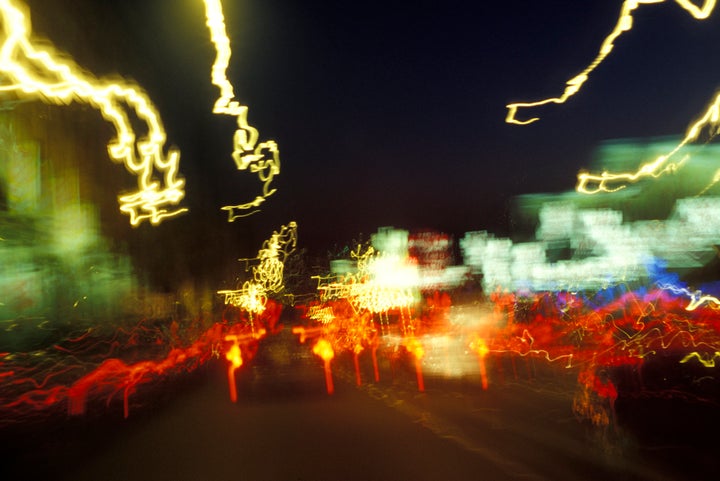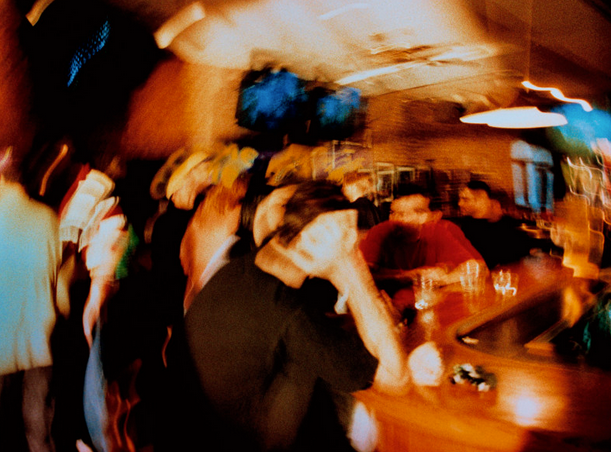
By: Tia Ghose
Published: 08/07/2015 11:19 AM EDT on LiveScience
People who live in Hawaii are the likeliest of those of any state to drive drunk, and Midwesterners also have high rates of drunk driving, according to a new report of drunk driving rates in the United States.
For the report, researchers at the Centers for Disease Control and Prevention surveyed people across the United States, asking how many times in the last 30 days they drove after they "had perhaps too much to drink."
The results show a stark difference in drunk driving rates among states and regions, as well as between men and women. [See which states have the highest drunk-driving rate]
Drunk driving continues to be a major cause of accidents, the researchers said. In 2013, more than 10,000 people died in car crashes in which the driver had a blood alcohol concentration above 0.08 percent, the legal limit for drunk driving.
To get a better sense of how common drunk driving is, the CDC researchers analyzed results from the Behavioral Risk Factor Surveillance System survey, a random-dialing telephone survey that asks people about their risk-taking behavior. Based on that data, the researchers estimated that about 1.8 percent of the U.S. population, or about 4.2 million people, drove while under the influence the month before the survey.
This translates to a whopping 121 million drunk driving episodes nationally over the course of a year, the researchers said.
There were big regional differences in the drunk driving rate. In Hawaii, there were 995 drunk driving episodes yearly per 1,000 people — that means almost one incident for every person in the state. (Of course, this does not mean that every person in the state is driving drunk.) By contrast, Utah had just 217 yearly episodes of drunk driving per 1,000 people.
People in the Midwest are much likelier than the average U.S. citizen to take to the roads while drunk, according to the data. In Nebraska, there were 955 episodes yearly per 1,000 people, while North Dakota had 855 and Wisconsin had 828. (The researchers noted that for five states — Alaska, Arkansas, Mississippi, Tennessee and West Virginia — the drunk driving rate per 1,000 people could not be determined because of sampling reasons.)
Age and gender played a role as well. Men were responsible for four out of five of the drunk driving incidents, based on the survey data, and people between ages 21 and 34 were much likelier than other age groups to drive while intoxicated, according to the survey data. In fact, men in that age group, who make up just 11 percent of the U.S. population, accounted for nearly a third of the drunk driving incidents.
People who reported driving drunk also reported other types of risky behaviors, such as binge drinking and not always wearing seatbelts. About 85 percent of those who drive drunk also binge drink, and those who didn't always buckle up reported driving drunk three times as often as those who always wore their seatbelts, according to the report.
To reduce drunk driving, states and communities could consider interventions such as implementing sobriety checkpoints, better enforcing the minimum drinking age and laws that limit the legal blood alcohol level to 0.08 percent, requiring ignition locks (i.e., devices that prevent an engine from being started if the level of alcohol on a driver's breath is too high) for all persons convicted of alcohol-impaired driving, and increasing alcohol taxes.
Follow Tia Ghose on Twitterand Google+. Follow Live Science @livescience, Facebook & Google+. Original article on Live Science.
Copyright 2015 LiveScience, a Purch company. All rights reserved. This material may not be published, broadcast, rewritten or redistributed.
Also on HuffPost:
